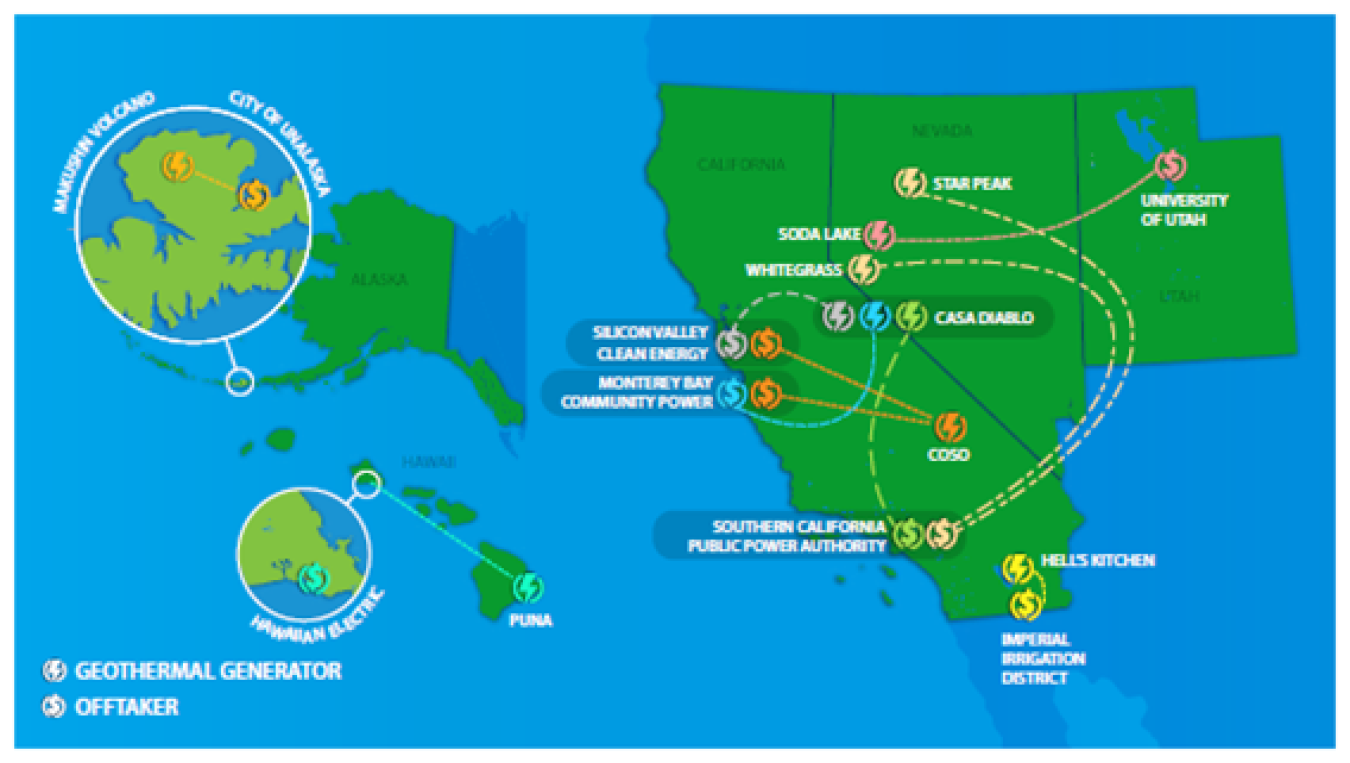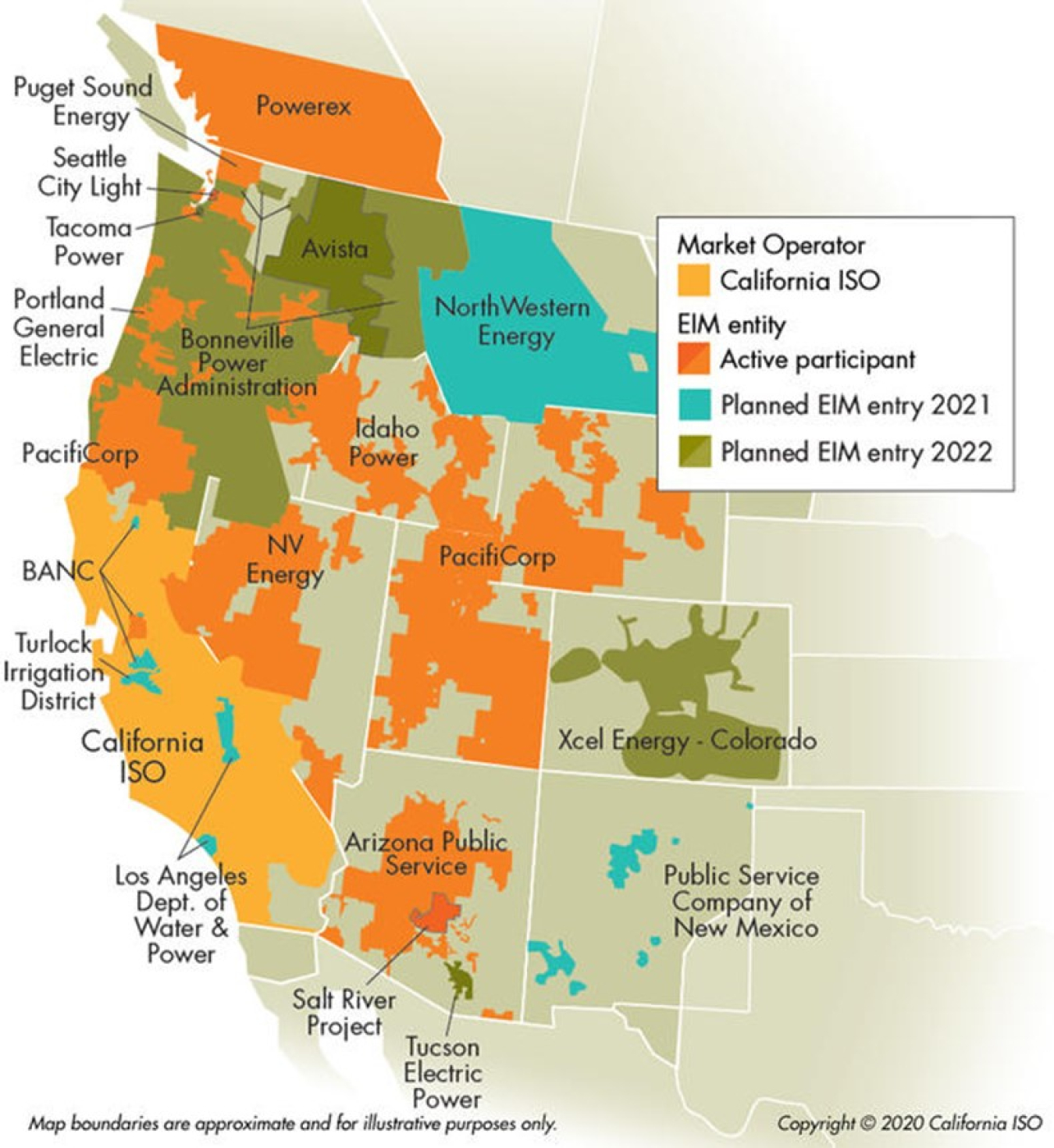Renewable energy projects can’t get off the ground without power purchase agreements (PPAs), so when a new geothermal PPA gets signed, a geothermal star is born. Learn more about PPAs in this three-part blog series.
Office of Critical Minerals and Energy Innovation
January 18, 2022An Energy Story in Three Chapters
Among numerous highlights in the National Renewable Energy Laboratory’s recently published Geothermal Power Production and District Heating Market Report, one in particular stands out: since 2019, 11 new geothermal power purchase agreements have been signed across four states. This is a big deal in renewable energy circles, but why should it matter to us, the energy consumers across the country?

Power purchase agreements are the contracts that allow utilities to procure electricity from power plants. These agreements help determine how much you ultimately pay for the electricity that charges your phone, fires up your television on game day, lights your home, and, in general, powers your life.
Let’s start at the beginning…
A Star is Born
- Any electricity delivered to your home has its origins in a power purchase agreement (PPA). A PPA is a contractual agreement between a power plant operator (seller) and a utility (purchaser).
PPAs make electricity prices predictable by locking them in place for the duration of the contract term, which typically lasts 15-25 years. This arrangement benefits both sellers and buyers. Sellers can more easily secure funding from lenders because they can prove, with their PPA, that they will have a steady revenue stream for years to come. Buyers can plan long-term operations without worrying about price fluctuations.[1]
A utility company will negotiate the PPA pricing and terms on behalf of their customers (that’s YOU). Utilities have to weigh several factors when negotiating a PPA, including the type of the power source, renewable portfolio standards, and greenhouse gas emissions reduction mandates.

One prominent example of geothermal-powered electricity delivered through a PPA is the Northern Nevada Geothermal Portfolio Project, a network of geothermal facilities that deliver 150 megawatts of electricity to Los Angeles—enough to power more than 200,000 homes. This project, which operates under a 2017 PPA signed with the Southern California Public Power Authority, is one of several examples of geothermal plants in Nevada that deliver electrical power to neighboring California, helping to meet the enormous energy requirements of the world’s fifth largest economy.
Other examples of current geothermal power PPAs include Southern California Edison’s multiple agreements with Calpine and Ormat Technologies, which draw from geothermal plants in both California and Nevada; the Salt River Project’s PPA with Enel Green Power in Utah; and Nevada Energy’s agreements with AltaRock Energy and Ormat, which include a legacy PPA with U.S. Geothermal dating to 2012 (U.S. Geothermal was acquired by Ormat in 2018).
Renewable energy projects can’t get off the ground without PPAs, so when a new geothermal PPA gets signed, a geothermal star is born…
Stay tuned for the next chapter: Geothermal Takes the Stage
[1] National Renewable Energy Laboratory. 2009. “Power Purchase Agreement Checklist for State and Local Governments.”

